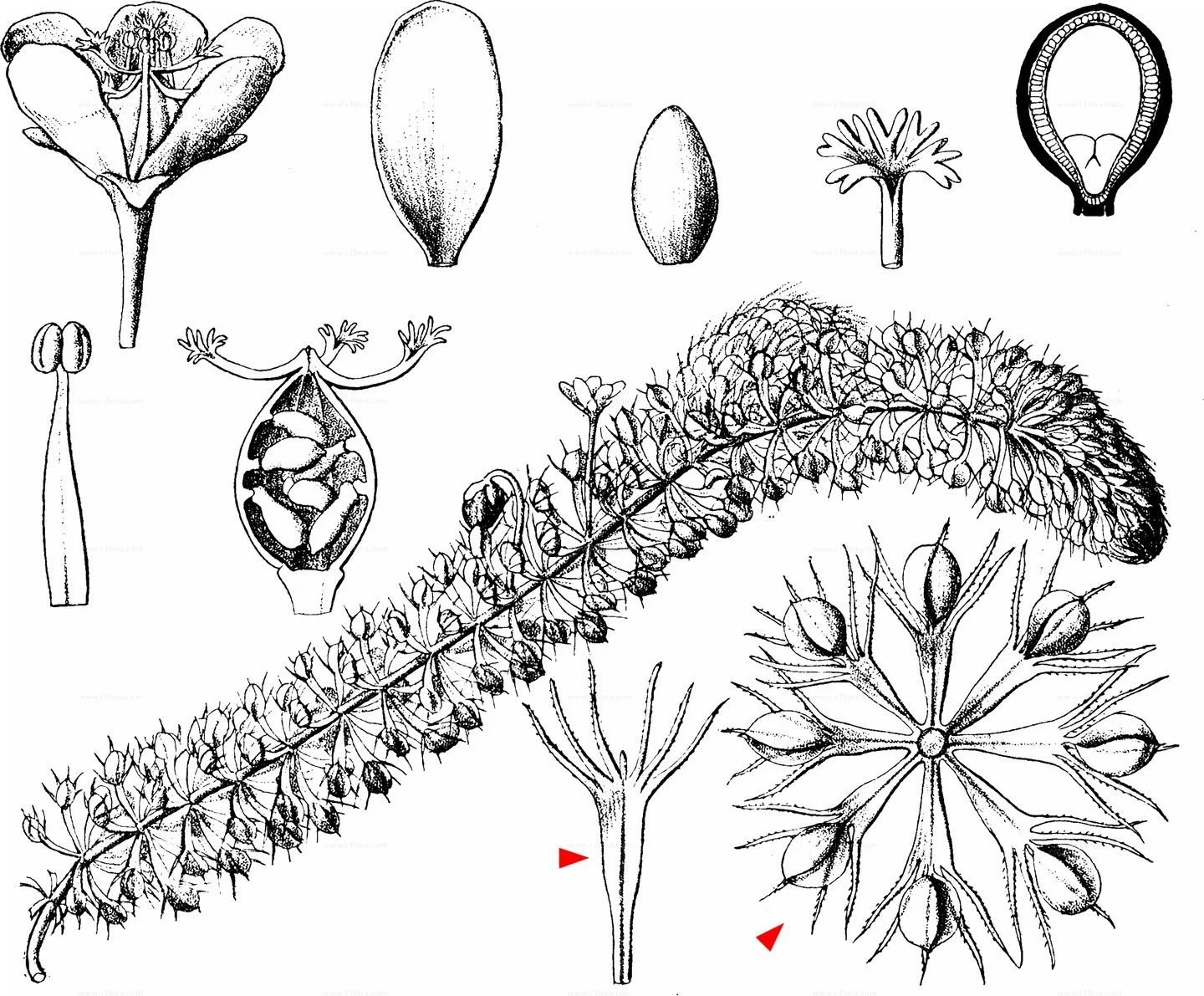Part 2: Partnerships — How Carnivorous Plants Make Deals with the Wild
“Depend on it, you are unjust on the merits of my beloved Drosera: it is a wonderful plant, or rather a most sagacious animal. I will stick up for Drosera to the day of my death.”
Carnivorous plants aren’t just predators — they’re collaborators.
They strike bargains with bats, weather, and even snow.
These alliances keep them alive.
Pinguicula alpina
6 · Some Grow in Snow
High in the European Alps, the alpine butterwort survives where few plants survive. It endures frost and thin air, capturing insects during the brief summer thaw. Its delicate white flowers rise through melting snow.
Example: Pinguicula alpina
Nepenthes hemsleyana
7 · They Keep Bats
Deep in Borneo’s forests, this pitcher plant offers a hollow chamber for small bats. The bats roost safely inside, and in return the plant feeds on their guano. Even its rim evolved to echo the bat’s sonar call, acting like a beacon in the dark.
A pact between hunter and hunted.
Example: Nepenthes hemsleyana
Sarracenia alata
8 · They Sweat Nectar
Along their rims, droplets of sugar glisten like dew at dusk. These “sweats” lure ants and flies to drink. The nectar isn’t perspiration — it’s bait, designed to shimmer just enough to tempt a fall into the abyss below.
Example: Nepenthes rafflesiana, Sarracenia flava (this is a Louisiana native!)
Aldrovanda vesiculosa — the Waterwheel Plant
9 · They Snap Underwater
A ghostly relative of the Venus flytrap, it floats rootless in still water. Each trap snaps shut in under a tenth of a second, catching tiny aquatic creatures mid-swim. It’s silent, invisible, and faster than a blink — nature’s underwater assassin.
Example groups: Aldrovanda vesiculosa — the Waterwheel Plant
Nepenthes aristolochioides
10 · Some Mimic Flowers
Perched high in the Sumatran cloud forests, this species evolved translucent domes that glow like petals. Insects mistake the pitcher for a bloom and fly toward the light, only to find themselves inside. The plant becomes both flower and grave.
Example: Nepenthes aristolochioides
The Meaning of These Pacts
These relationships blur the line between predator and partner. In the swamp and canopy alike, survival is a matter of chemistry, illusion, and timing.
Carnivorous plants prove that even in nature’s darkest corners, coexistence — however strange — still thrives.
Previous in the Series → Part 1: 5 Unusual Facts about Carnivorous Plants that are Not About Luring Prey
Next in the Series → Part 3: Death and Renewal — The Morbid Grace of Carnivorous Plants
Cultivate Wonder,
We Bite Rare & Unusual Plants
Research at home.
We Bite carries examples of the plants discussed in this post but if you’re not local to New Orleans, you can still shop our plants via Palmstreet or Etsy.




